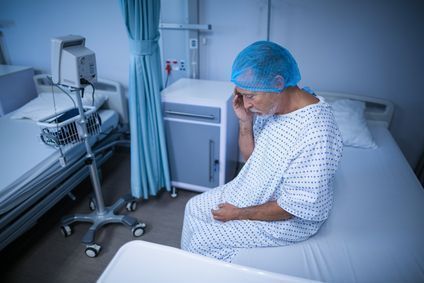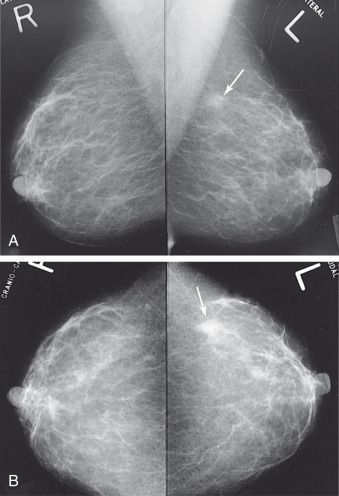
Rome Vannini Hospital enters the future tablets and smartphones in wards
Rome, l’Vannini Hospital, enters the future: tablets and smartphones in the wards
The project DSE MOBILE (Electronic Health Record) created by theVannini Hospital, with the contribution of the Rome Foundation, enhances and optimizes the hospital services offered, allowing physicians to view through tablets and smartphones, radiological images and all the clinical history of the patients.
The introduced system, which is open and adaptable to future evolutions, ensures physicians immediate availability of historical patient data, uniquely identifies patients, enables integration of all systems used in various departments, while ensuring data security.
The doctor can have access in real time, directly at the patient’s bedside, to all the data in the computer archive, reports, X-rays, CT scans, MRIs, laboratory tests, and all instrumental diagnostics and will therefore be able to have a comprehensive and complete clinical picture of the patient.
Another new element is represented by the provision also in the wards of the Unique Patient Identification Bracelet. This is a strip of laminated paper on which a barcode and an identification number are imprinted, uniquely identifying the patient, avoiding any possibility of error. The doctor, through the camera of their handheld device, will be able to easily and with absolute certainty identify the patient.
The benefits will be many. Thanks to the reduction in the time required to consult paper reports and the immediate availability of information, there will be a reduction in organizational inefficiencies, an improvement in the quality of care services, and a reduction in average hospitalization time.
In particular, the system will allow:
– faster clinical-diagnostic framing due to the possibility for any physician to quickly access the patient’s clinical-historical information;
– certainty of the individual clinical pathway of residents with reduction of the risk of error in the allocation of referrals, diagnostic tests and consultations;
– reduced time to access clinical information and thus greater dedication to the relationship with the patient and family members.
In addition, the WIFI coverage, extended to the entire Facility, allows inpatients, staff and all people accessing the Hospital to benefit from information services.
This is the latest generation WIFI network capable of ensuring data security in the diversified articulations and needs of the Hospital Facility.
The overall expenditure commitment incurred by the Hospital in the last 2 years was about € 800.000 of which € 264.526.16 for the DSE MOBILE project. The contribution from the Fondazione Roma was €215.000.
“I am proud – states Prof. Adv. Emmanuele Francesco Maria Emanuele, president of the Fondazione Roma – of the support provided by the Foundation to Vannini Hospital for the purpose of enhancing its services, a contribution that allows physicians to access a patient’s electronic medical record, including his or her historical data, in real time and enables integration between the systems used in the various departments“.
“Italian health care – Foundation Director General Franco Parasassi (who will be present at the inauguration) intervenes – while still rated positively by international indices, has been suffering from an obvious lack of investment for years. State policies devoted to fiscal discipline, in deference to European parameters, have led to considering welfare, starting with health, only as a cost, unsustainable for public budgets. The Rome Foundation, on the contrary, considers health care as a primary service, to such an extent that it has made it the priority of its institutional activity“.
“The project carried out at Vannini Hospital – concludes the Director General of the Fondazione Roma – is part of a major intervention launched in 2014, when the Fondazione Roma made a grant available to the hospitals in its area of reference to implement programs for the development of information systems and diagnostic technologies ‘at the patient’s bedside,’ thus combining two of the institution’s guiding principles: on the one hand, the priority focus on health, and on the other, the enhancement of new technologies as a tool capable of providing more efficient services in response to the needs of the community“.

